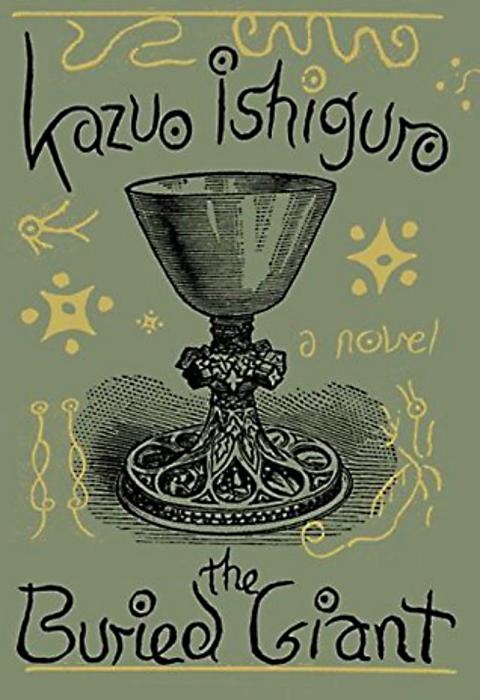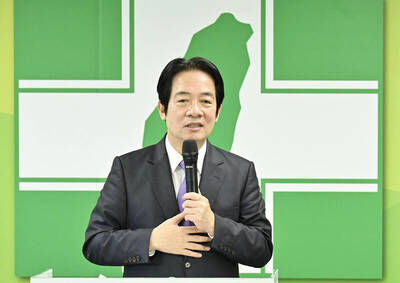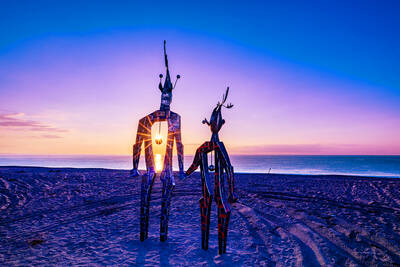Kazuo Ishiguro’s latest novel, The Buried Giant, is an eccentric, ham-handed fairytale with a jumble of story lines lifted from Beowulf, Arthurian legend and assorted folk traditions. It is recounted in stilted, formalistic language that’s presumably meant to evoke a bygone era, and set in a mythical Britain equally reminiscent of The Lord of the Rings and Game of Thrones. King Arthur’s knight Sir Gawain is a major character, and so is a she-dragon named Querig.
This novel is concerned, at heart, with some of the author’s favorite themes: most notably, the role that memory and denial play in shaping people’s sense of themselves. But Ishiguro seems to have renounced the qualities — precision, elliptical understatement and indirection — that lent his two masterworks, The Remains of the Day and Never Let Me Go, a tensile strength, and he’s instead embraced a fable-like primitivism that hobbles his instinctive talents. Worse, he has failed here to create a persuasive or fully imagined fictional world.
The Buried Giant takes place during an interlude of relative peace between Britons and Saxons, though a “mist of forgetfulness,” which has something to do with Querig, has overtaken the land. Among those afflicted with amnesia are the novel’s two central characters — an elderly couple named Axl and Beatrice — who are so addled that they can’t remember much about their lives together, including any details about their missing son.

Axl asks why their son left, and Beatrice replies: “It could be he quarreled with the elders and had to leave. I’ve asked around, and there’s no one here remembers him. But he wouldn’t have done anything to bring shame on himself, I know for sure. Can you remember nothing of it yourself, Axl?”
These sorts of conversations among people who can’t remember the most essential details of their lives quickly grow tiresome, and The Buried Giant, alas, is awash in them. The result is a fuzzy, dream-like narrative not unlike the one in Ishiguro’s circuitous and opaque 1995 novel, The Unconsoled, which featured a hero who also appeared to suffer from memory loss, wandering about an unnamed European town, having a series of vaguely portentous encounters.
Beatrice is determined to visit their son’s village — conveniently, she seems to remember where it’s located — and she and Axl set off by foot on a journey that will take them across the perilous Great Plain around noon (when its “dark forces” were “most likely to be dormant”) and then over hill and dale, through forests and up a mountain. Their trip is, at once, a quest narrative and one of those allegorical journeys from innocence into knowledge — reminiscent of Dorothy’s travels in Oz, and Frodo Baggins’ in Middle Earth.
Along the way, Beatrice and Axl acquire two traveling companions: a Saxon warrior named Wistan, and Edwin, a 12-year-old boy whom Wistan has rescued from two ogres and plans to train as his apprentice. There are meetings with enigmatic strangers like Sir Gawain, and close calls with murderous monks and a giant, doglike beast, and the ever-present lurking danger of the she-dragon Querig.
Instead of one unreliable narrator, as he’s often used in the past, Ishiguro moves from one character’s point of view to another’s, but his prose remains flat-footed throughout — vaguely inflected with a forced old-timeyness that’s more mannered than convincing.
The symbolism is also obvious and strained: The boatman Axl and Beatrice encounter is clearly a version of Charon, ferrying souls to the land of the dead, and the fog of amnesia plaguing the land turns out to be some sort of enchantment that has supposedly enabled old enemies, Saxons and Britons alike, to live alongside one another. In much the same way that Axl and Beatrice are unable to remember past quarrels and losses, so have tribal blood feuds been blurred or forgotten — which, Ishiguro halfheartedly suggests, might not be such a bad thing, at least when it comes to day-to-day survival among warring parties.
The Buried Giant, like many of Ishiguro’s books, reflects his fascination with the ways individuals and societies grapple with the past — often through denial, distortion or self-delusion. In The Remains of the Day and An Artist of the Floating World, this resulted in powerful and nuanced examinations of the process by which people rewrite their own histories — and more shameful episodes in their countries’ pasts. Here, however, the result is an ungainly fable that reflects none of Ishiguro’s myriad and subtle gifts.

May 11 to May 18 The original Taichung Railway Station was long thought to have been completely razed. Opening on May 15, 1905, the one-story wooden structure soon outgrew its purpose and was replaced in 1917 by a grandiose, Western-style station. During construction on the third-generation station in 2017, workers discovered the service pit for the original station’s locomotive depot. A year later, a small wooden building on site was determined by historians to be the first stationmaster’s office, built around 1908. With these findings, the Taichung Railway Station Cultural Park now boasts that it has

The latest Formosa poll released at the end of last month shows confidence in President William Lai (賴清德) plunged 8.1 percent, while satisfaction with the Lai administration fared worse with a drop of 8.5 percent. Those lacking confidence in Lai jumped by 6 percent and dissatisfaction in his administration spiked up 6.7 percent. Confidence in Lai is still strong at 48.6 percent, compared to 43 percent lacking confidence — but this is his worst result overall since he took office. For the first time, dissatisfaction with his administration surpassed satisfaction, 47.3 to 47.1 percent. Though statistically a tie, for most

Six weeks before I embarked on a research mission in Kyoto, I was sitting alone at a bar counter in Melbourne. Next to me, a woman was bragging loudly to a friend: She, too, was heading to Kyoto, I quickly discerned. Except her trip was in four months. And she’d just pulled an all-nighter booking restaurant reservations. As I snooped on the conversation, I broke out in a sweat, panicking because I’d yet to secure a single table. Then I remembered: Eating well in Japan is absolutely not something to lose sleep over. It’s true that the best-known institutions book up faster

In February of this year the Taipei Times reported on the visit of Lienchiang County Commissioner Wang Chung-ming (王忠銘) of the Chinese Nationalist Party (KMT) and a delegation to a lantern festival in Fuzhou’s Mawei District in Fujian Province. “Today, Mawei and Matsu jointly marked the lantern festival,” Wang was quoted as saying, adding that both sides “being of one people,” is a cause for joy. Wang was passing around a common claim of officials of the People’s Republic of China (PRC) and the PRC’s allies and supporters in Taiwan — KMT and the Taiwan People’s Party — and elsewhere: Taiwan and